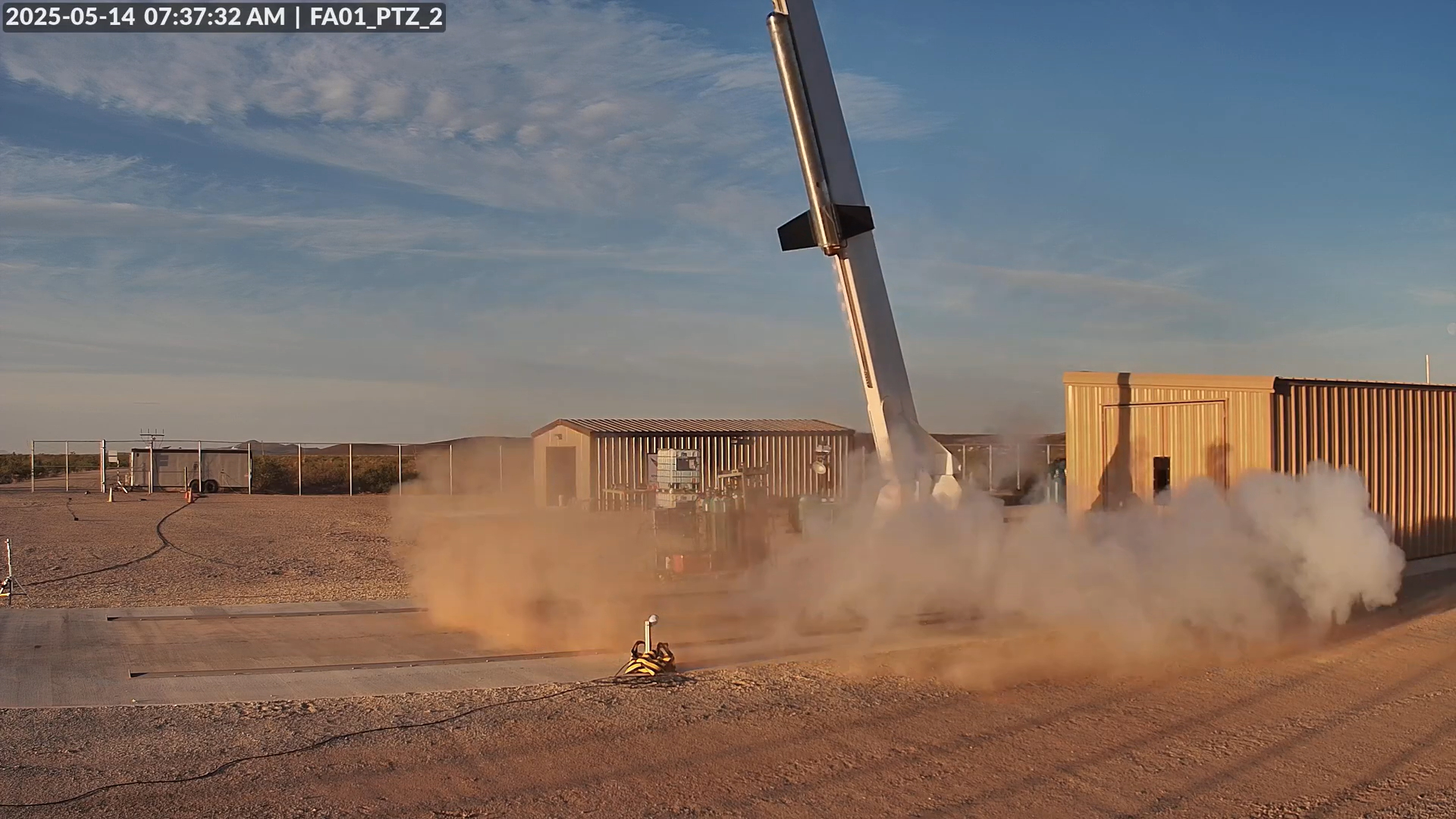How to View Beautiful Open Star Clusters Using Mobile Apps
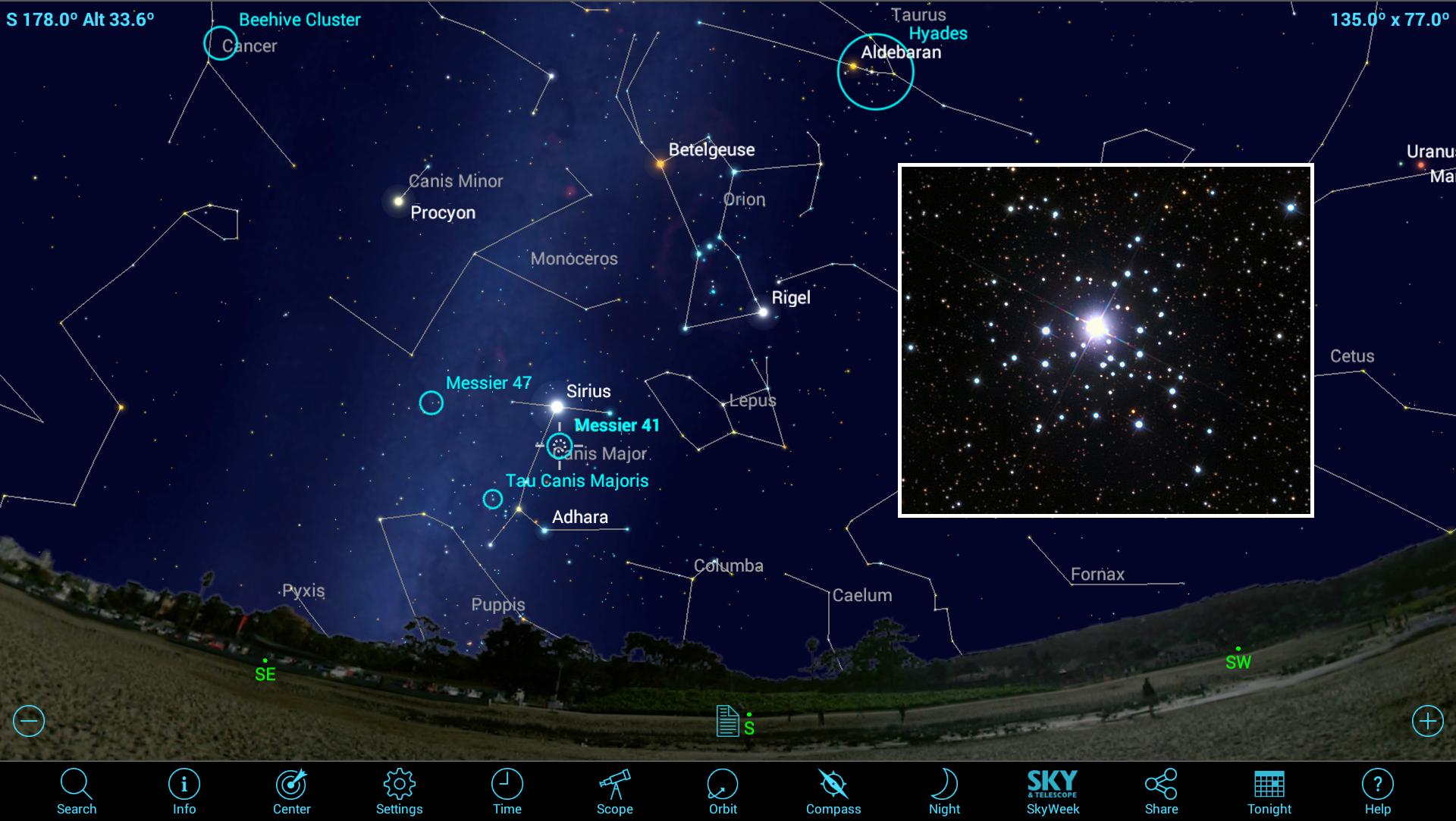
Sprays of tiny diamonds against the black velvet sky, occasionally sprinkled with gems of ruby or topaz — open star clusters are among the most beautiful sights available to amateur stargazers. They delight the eyes and spark the imagination with their fanciful shapes, while telling astronomers about our galaxy's structure and evolution. These deep-sky objects, often overlooked in favor of the moon and planets, are visible all year round with unaided eyes — but binoculars or a backyard telescope make them shine. In this edition of Mobile Astronomy, we'll focus on using your favorite astronomy app to highlight the largest and brightest open star clusters you can see this time of year.
What are star clusters?
In galaxies like our Milky Way, new star formation occurs primarily in the spiral arms, where large clouds of hydrogen gas are concentrated. When a cloud collapses, localized higher-density regions of gas develop into individual stars by gravitationally attracting the gas and trace elements around them. Depending on the mass of hydrogen available, the number of stars produced from a single cloud can range from dozens to thousands, in a variety of sizes. Once the stars begin to shine, their combined solar winds blow away any leftover gas, leaving a cluster of stars. Astronomers call these objects open clusters.
While all of the cluster's stars have a common "birthday," they age at different rates depending on their mass. By comparing the aging massive stars with the smaller, younger stars, astronomers can study how stars of the same composition evolve over time. ['Wishing Well' Star Cluster Sparkles in Colorful New Views]
The slow rotation of the galaxy moves clusters through space. Over time, gravitational jostling can rearrange the cluster, drawing the stars closer together or ejecting individuals at high speed in random directions. Using their direction of motion, and their common age and composition, astronomers have been able to match several individual stars with their former clusters.
The nearest clusters cover large patches of the night sky anywhere from two to 10 times the moon's diameter, and the individual stars are plain to see. We'll highlight a few of these naked-eye objects below. The more distant open clusters resemble small, faint, fuzzy patches in the sky that resolve into individual stars when viewed through binoculars or a telescope. This is why the noted French comet hunter Charles Messier and his contemporaries listed many of them in a catalog of deep-sky objects published between 1771 and 1781: They needed a way to confirm that newly spotted comets weren't just a previously known cluster, nebula or distant galaxy, all of which resembled comets in early telescopes. Your astronomy app's search function will include the Messier List objects, usually labeled in the form "Mnn," where "nn" ranges from 1 to 110.
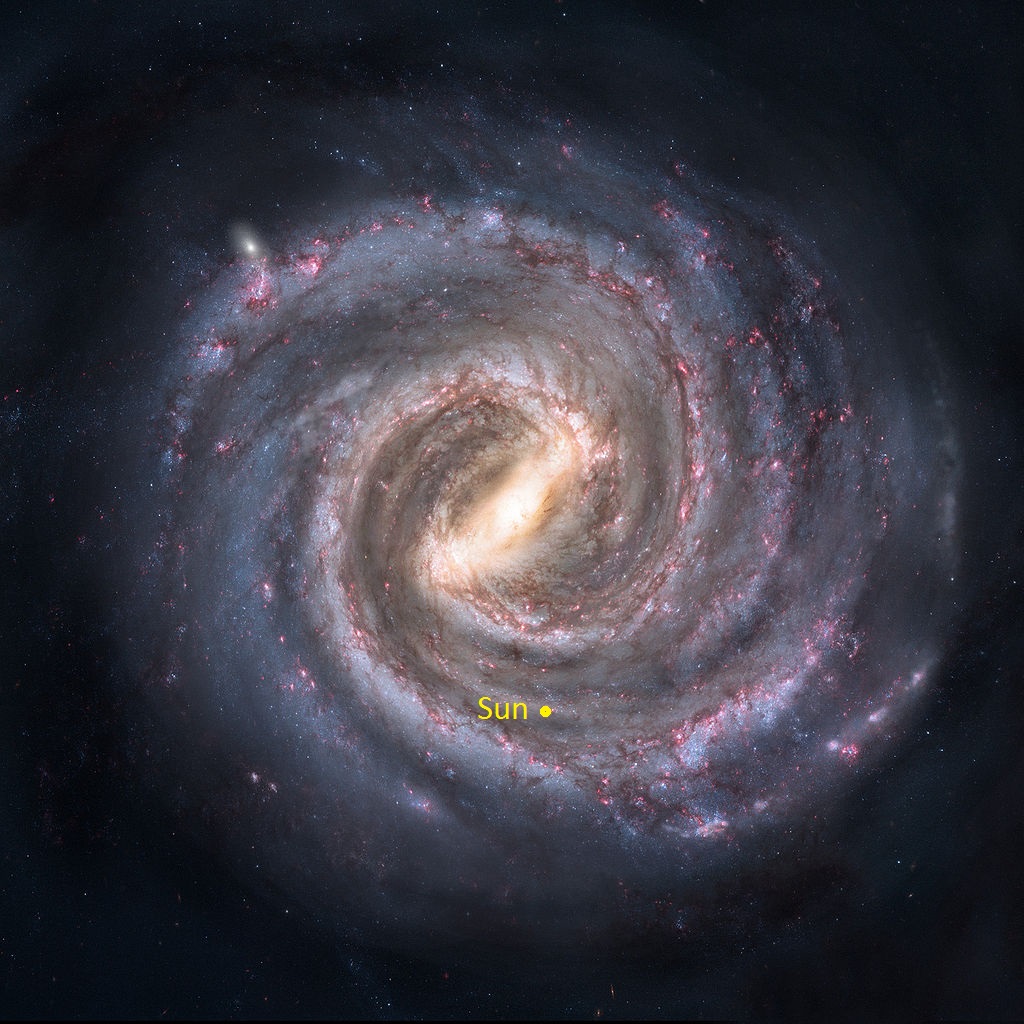
Because the Messier List covers only 110 of the thousands of deep-sky objects, modern astronomers have created more comprehensive catalogs. Your app will contain a great many New General Catalogue (abbreviated as NGC) objects of all types. Both the Collinder Catalog of 471 open clusters, published in 1931 by Swedish astronomer Per Collinder, and the Melotte Catalogue of 245 star clusters, published in 1915 by British astronomer Philibert Jacques Melotte, specialize in clusters, in particular. Most clusters will appear in all three catalogs, and your app will display them as NGCnnnn, Coll_nn or Mel_nn.
British astronomer Sir Patrick Moore noted that Messier had missed many of the sky's best objects (and that he included only those visible from France), so he created his own list of an additional 109 showpieces. The Caldwell Catalog first appeared in Sky & Telescope magazine in December, 1995. Many of the finest star clusters are included in his updated list, and they will be designated as Cnn in your astronomy app.
Get the Space.com Newsletter
Breaking space news, the latest updates on rocket launches, skywatching events and more!
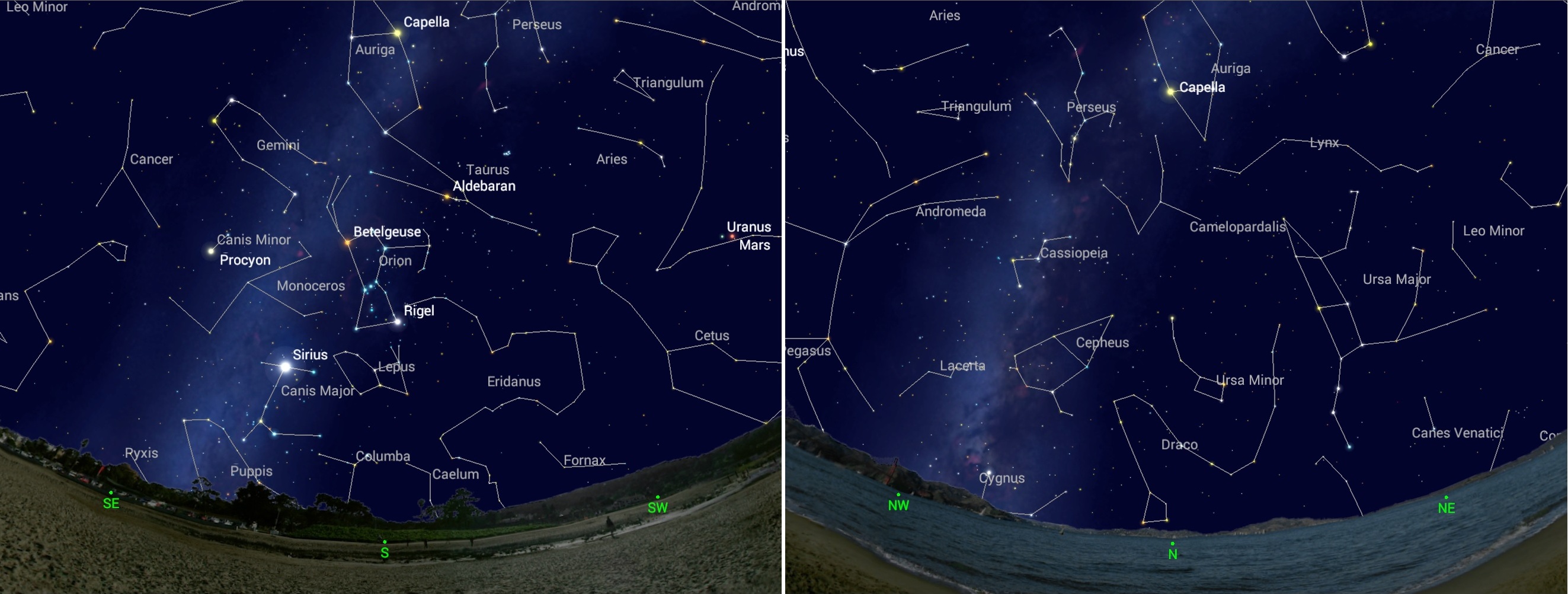
Where to look for clusters
Because they form within the spiral arms, we tend to find open clusters concentrated along the plane of our galaxy — the faint band of light we call the Milky Way. A part of the Milky Way can be seen in the nighttime sky all year round, except for a period every spring. During evenings in late February, it rises from the southern horizon just to the east of the bright star Sirius in Canis Major (the Big Dog). It gradually fades in intensity as you follow it higher between Gemini and Orion, and overhead through Auriga and Perseus. This is where the outer rim of our galaxy is. When you turn to face north, you'll see the Milky Way brightens again as it drops through the "W" of Cassiopeia, toward Cygnus on the horizon.
Many of the night sky's best open clusters are in the constellations mentioned thus far. Your astronomy app will help you find them. Don't forget that, in summer, the center of our galaxy rises into view near the constellation of Sagittarius, bringing a different set of spectacular clusters to see. [Milky Way Galaxy Guide (Infographic)]
Clusters in mythology
Many of the brighter open clusters were noted by ancient astronomers and are associated with myths and legends. The Beehive Cluster, also known as Praesepe (Latin for "manger") or M44, is one of the richest star clusters in the sky. Located in the center of Cancer, it contains about 1,000 stars within a sphere 39 light-years across, situated at a distance of about 550 light-years from Earth. In his star catalog published in 135 B.C., Hipparchus referred to the cluster as Nephelion, or "Little Cloud." Claudius Ptolemy described the Beehive Cluster as "The Nebulous Mass in the Breast of Cancer." In 1609, Galileo Galilei became the first person to view the Beehive in a telescope, and noted 40 stars. In a dark, moonless sky, even naked eyes will spot its fuzzy glow. But binoculars or a small telescope will show much more.
Taurus the Bull's triangular face is actually formed by one of the nearest star clusters to us, at only about 150 light-years away. In your mobile app, it will be called The Hyades, named for the five daughters of Atlas in Greek mythology. It contains several hundred stars, with a half-dozen or so visible without optical aid under moonless suburban skies. The major stars are named Hyadum I, II, etc., which means first star, second star, etc. of the Hyades. Astronomers think the Beehive and Hyades stars were derived from the same gas cloud.
The Hyades cluster is a lovely target to scan with binoculars. It's too large to fit into a telescope's field of view, but many of the stars are revealed to be doubles under magnification. The bright orange star Aldebaran that sits at the southern corner is not actually part of the cluster. It is less than half as far away! The Hyades cluster is about 65 light-years across, and about one-third of the original stars have been detected escaping from the cluster. [How to Choose Binoculars for Astronomy and Skywatching]
One and a half fist widths to the right of Taurus' face is the beautiful star cluster known as the Pleiades, or the Seven Sisters. Your astronomy app will also refer to it as M45. It is made up of the young, hot blue stars Asterope, Merope, Electra, Maia, Taygeta, Celaeno and Alcyone. In Greek mythology, they were the daughters of Atlas, and half sisters of the Hyades. To the naked eye, only six of the sister stars are usually seen, with their parents, Atlas and Pleione, huddled together at the east end of the grouping. Under magnification, hundreds of stars appear. The cluster is about 450 light-years away, and makes a wonderful target in binoculars or a telescope, where many more siblings are revealed! A large telescope under dark skies will also reveal blue nebulosity around the stars; this is light reflecting from unrelated gas that the cluster is passing through.
Galileo was among the first to observe the object in a telescope. In 1610, he published a sketch made at the eyepiece. Not surprisingly, many cultures — including Aztec, Maori, Sioux and Hindu — have stories related to this cluster. In Japan, it is called Suburu, and forms the logo of the eponymous carmaker. Due to its shape, some people mistake the Pleiades for the Little Dipper.
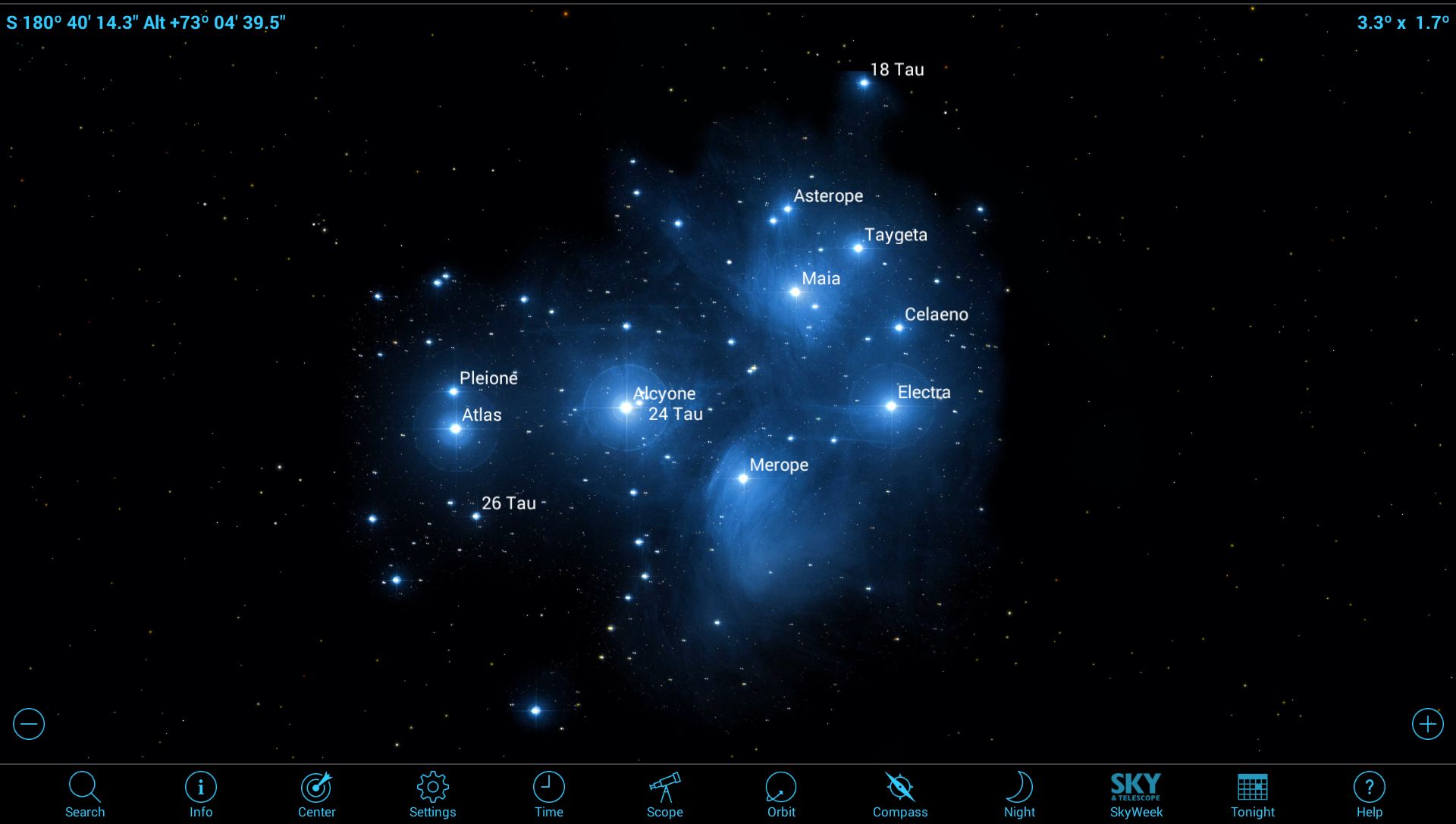
The winter's best clusters
Below is a list of some of the best open clusters you can see this time of year. I've included the common names and Messier numbers, the visual magnitude (smaller values mean they are brighter), the size in moon diameters, the constellation it's located in, and some notes of interest. If you search for them in your astronomy app, it will show their location in your own night sky and give you more information about each one, including high-resolution color images. If your device has a gyroscope and compass, enable the live sky mode in your app, and use it to point to the object.
The Pleiades The Seven Sisters, M45, Mel 22; Taurus; four moon diameters across; magnitude 1.5
The Hyades Mel 25 or Coll 50; Taurus; 11 moon diameters across; magnitude 0.5
The Beehive M44 or Praesepe; Cancer; two moon diameters across; magnitude 3.1
Double Cluster NGC 869 and NGC 884; Perseus; two moon diameters across; magnitude 3.8
This object is two adjacent clusters, each containing up to 200 young, blue-white stars about 7,000 light-years away. It's a breathtaking sight in binoculars or a low-power telescope eyepiece. It was described by Hipparchus in 130 B.C. but was omitted from Messier's list, despite its brightness.
Melotte 20 Alpha Persei Cluster; Perseus; 10 moon diameters across, magnitude 2.3
This is not a true open cluster, but rather an enormous, sparse grouping of hot young stars 600 light-years away, surrounding the bright yellow-white star Mirphak (alpha Per).
Tau Canis Majoris (NGC2362 or C64 or Mel 65; Canis Major; one-sixth moon diameter across; magnitude 3.8
This is a bright, compact cluster of 60 hot, blue-white stars with brighter star Tau Canis Majoris in the center.
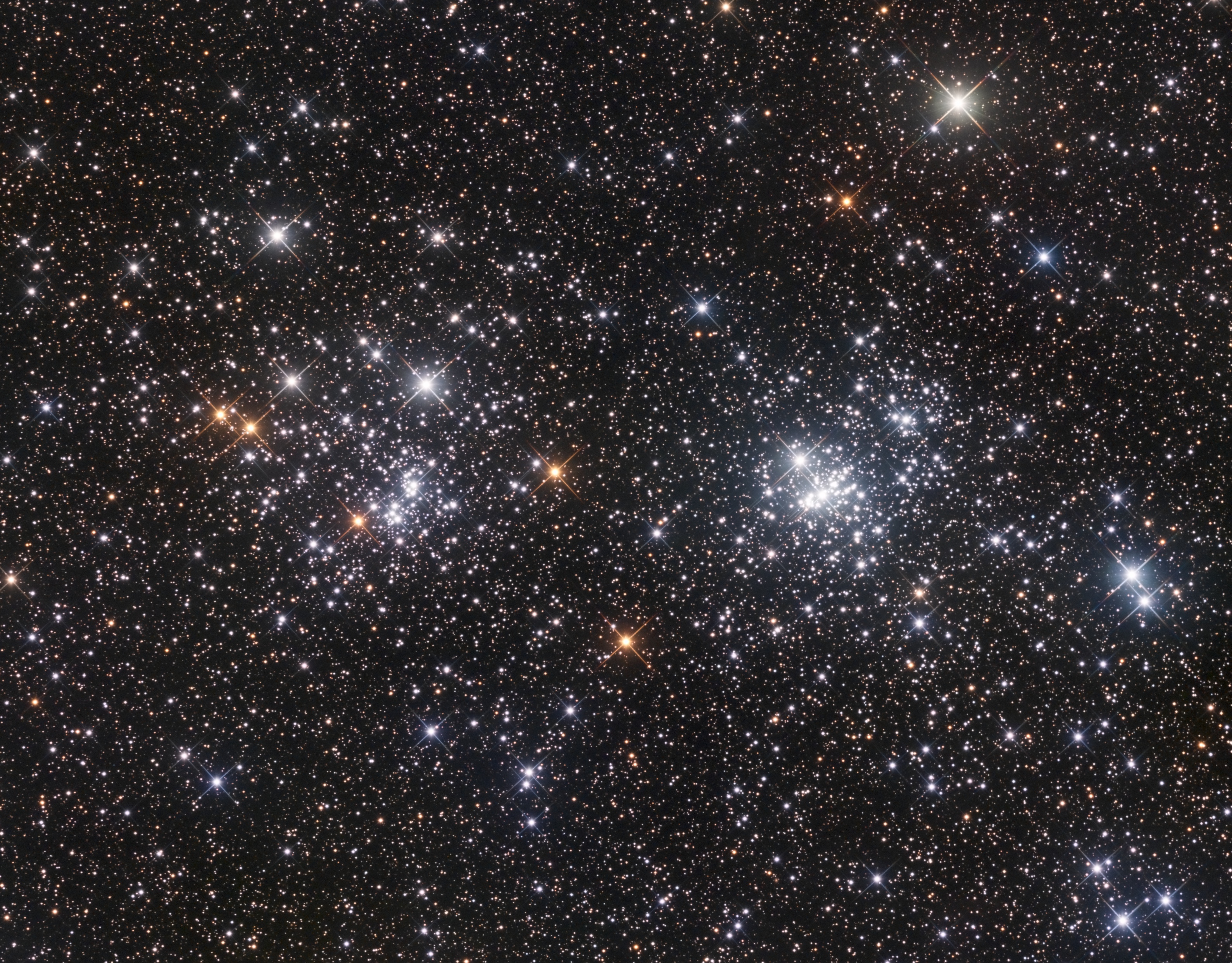
M35 NGC 2168 or Mel 41; Gemini; 1.25 moon diameters across; magnitude 5.1
This cluster is embedded in the Milky Way and is located about two finger widths above the three stars that form the western feet of Gemini. It is best seen in binoculars or a telescope, and features more than 100 brighter blue-white stars overlain on a rich field of fainter ones. Look for a short, curved chain of stars crossing the cluster.
Owl Cluster (C13 or NGC457 or Dragonfly/ET Cluster; Cass; one moon diameter across; magnitude 6.4
One of the most popular clusters for star parties, this cluster evokes a figure with two bright, yellow stars for eyes above an elongated group of stars forming a body, and two upswept chains of stellar "wings." Binoculars will show the cluster, but a small telescope is needed to see the critter clearly.
M36 Pinwheel Cluster; Auriga; one-third moon diameter across; magnitude 6.0
This cluster contains about 60 hot young stars in a compact but irregular shape, with chains of stars that suggest a crab.
M37 NGC 2099; Auriga; one-half moon diameter across; magnitude 5.6
One of the finest telescope clusters in the sky, it contains several hundred white stars with a bright, golden star in the center. The main cluster is wedge-shaped, and appears wider under magnification.
M38 Starfish Cluster; Auriga; two-thirds moon diameter across, magnitude 6.4
This irregular cluster contains chains of stars, some forming the shape of the Greek letter pi. It has a sprinkling of golden stars, including a bright one near its center.
M47 NGC 457 or Mel 68; Puppis; one moon diameter across; magnitude 4.4
This is a loose, bright cluster of about 50 stars located 12.5 degrees to the upper left of Sirius. It can be glimpsed with unaided eyes, but magnification reveals chains and clumps of stars.
M41 NGC2287; Canis Major; over one moon diameter across; magnitude 4.5
This is large and very bright open cluster of 100 white and yellow stars situated 4 degrees below Sirius. This cluster is visible to the naked eye under dark skies, but binoculars or a telescope reveal a rich grouping with a bright foreground star just to the lower left of the cluster.
This is just a sampling of the clusters you can see this time of year. Your astronomy app's search function will offer many more. For the best results, look for the ones that are higher in the sky and brighter.
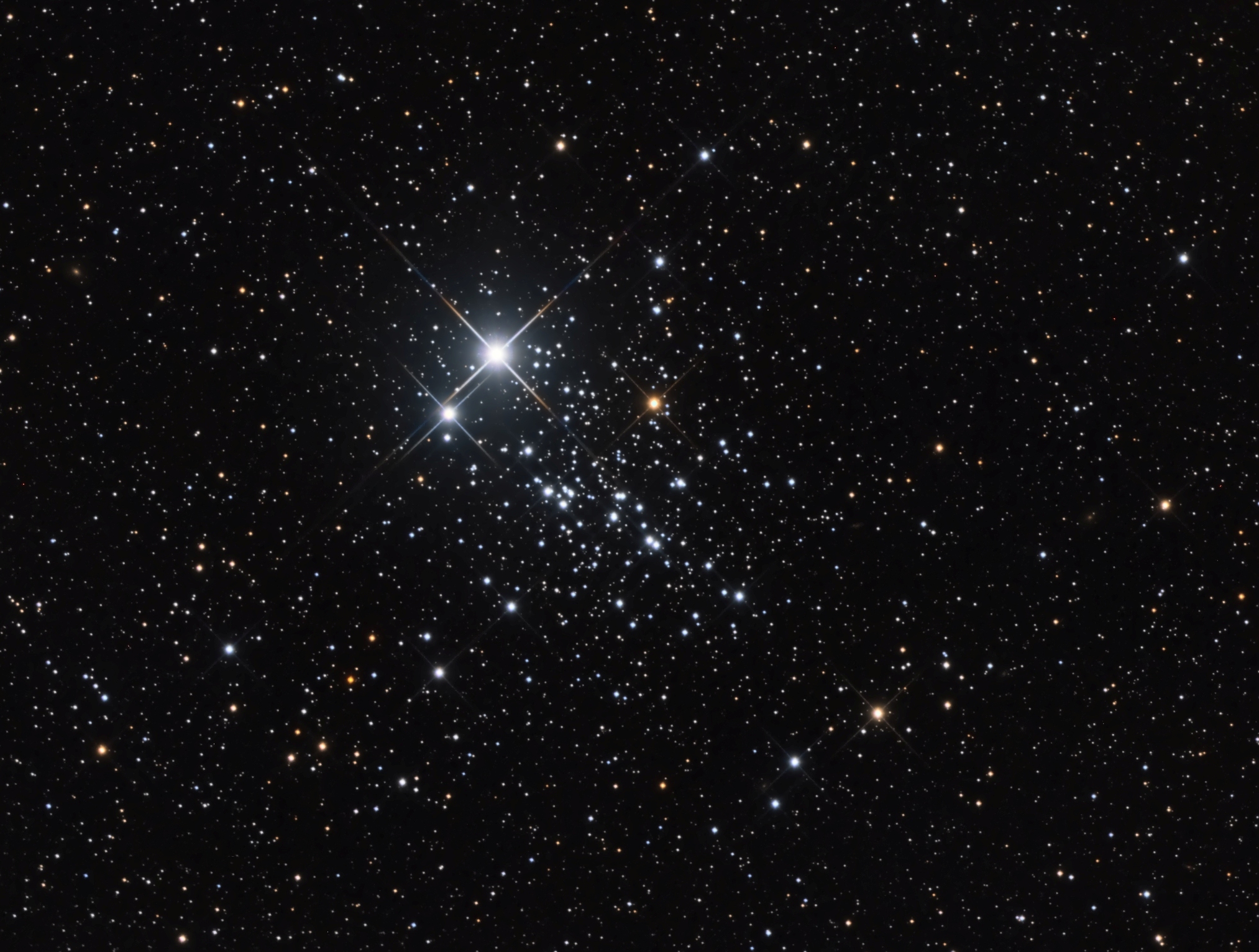
Going beyond
It's well known that the stars in the night sky, while fixed in place on human time scales, move about due to gravitational forces and the galaxy's slow rotation. Thousands of years in the future, many familiar constellations will have different shapes, or will become unrecognizable. The process is called proper motion. Likewise, open clusters eventually dissipate.
By analyzing how much a star's spectrum is shifted blue or red, astronomers can determine its radial velocity — in other words, how quickly the star is approaching or receding from Earth. The Gaia mission launched by the European Space Agency is currently measuring the precise positions and lateral velocities (motions across the sky) of millions of stars. You can learn more about it by downloading the free Gaia Mission app for Android or iOS. The data from Gaia will eventually be used to make astronomy apps more accurate. [Photos: Gaia Spacecraft to Map Milky Way Galaxy]
In a future edition of Mobile Astronomy, we'll dive into Moore's and Messier's lists, explore how to measure the sky with your hands and plan how to see this summer's solar eclipse from your backyard. Until then, keep looking up!
Editor's note: Chris Vaughan is an astronomy public outreach and education specialist, and operator of the historic 1.88-meter David Dunlap Observatory telescope. You can reach him via email, and follow him on Twitter as @astrogeoguy, as well as on Facebook and Tumblr.
This article was provided by Simulation Curriculum, the leader in space science curriculum solutions and the makers of the SkySafari app for Android and iOS. Follow SkySafari on Twitter @SkySafariAstro. Follow us @Spacedotcom, Facebook and Google+. Original article on Space.com.
Join our Space Forums to keep talking space on the latest missions, night sky and more! And if you have a news tip, correction or comment, let us know at: community@space.com.
Chris Vaughan, aka @astrogeoguy, is an award-winning astronomer and Earth scientist with Astrogeo.ca, based near Toronto, Canada. He is a member of the Royal Astronomical Society of Canada and hosts their Insider's Guide to the Galaxy webcasts on YouTube. An avid visual astronomer, Chris operates the historic 74˝ telescope at the David Dunlap Observatory. He frequently organizes local star parties and solar astronomy sessions, and regularly delivers presentations about astronomy and Earth and planetary science, to students and the public in his Digital Starlab portable planetarium. His weekly Astronomy Skylights blog at www.AstroGeo.ca is enjoyed by readers worldwide. He is a regular contributor to SkyNews magazine, writes the monthly Night Sky Calendar for Space.com in cooperation with Simulation Curriculum, the creators of Starry Night and SkySafari, and content for several popular astronomy apps. His book "110 Things to See with a Telescope", was released in 2021.


